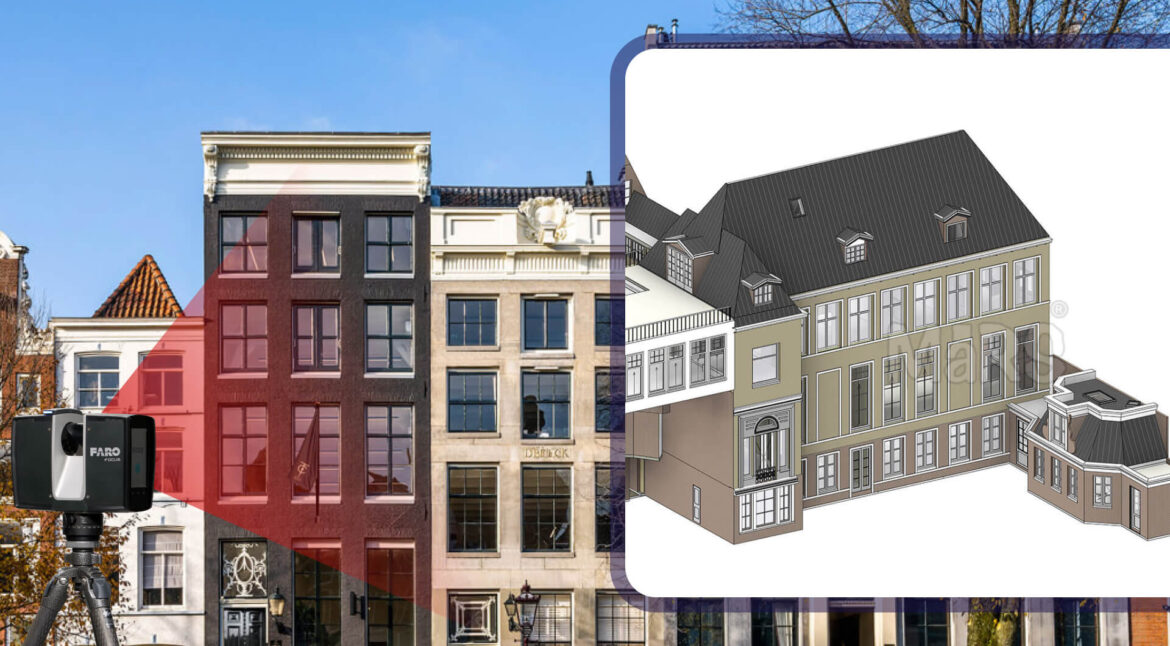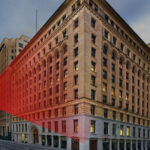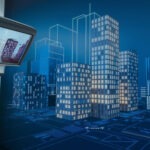With the use of advanced 3D laser scanning technology, the newly developed and revolutionary Scan to BIM workflow can capture the complex details and geometries of pre-existing buildings. Building Information Models (BIMs), used as digital models of building spaces, are created through this process from raw point cloud data.
Beyond only documentation, Scan to BIM services are important because it enhance visualization, better decisions, and efficient project management possible at every stage of a building’s lifecycle. Architects, engineers, and construction professionals can plan renovations, restorations, or new constructions with more confidence if real-world data is integrated into the BIM environment. This is because they can better understand the complexities of existing conditions.
It is essential to follow best practices to take full advantage of the potential of scanning to BIM. By simplifying the process, these procedures also guarantee that the final BIM models are perfect and accurate, meeting or surpassing the expectations of the client. The AEC sector can optimize its scan to BIM processes and achieve successful project outcomes by focusing on exact project definitions, encouraging stakeholder collaboration, incorporating visual representations with point cloud data, and collaborating with knowledgeable 3D laser scanning providers.
Here are 4 scan to BIM best practices to follow:
1. Define the Project’s Purpose and Scope
A clear understanding of the goal and scope of the project is the cornerstone of any successful Scan to BIM project. It is important to determine the project’s purpose before starting the scanning process. Knowing the ultimate goal will help customize the scanning and modeling processes to meet specific requirements, whether the goal is new construction or renovation. It’s critical to define the project’s scope as well as its purpose. This includes finding out the areas that need to be scanned and the necessary degree of detail for the BIM model. A clearly defined scope guarantees the effective use of resources and sufficient and relevant data collection for the project’s objectives.
2. Strengthen Communication and Collaboration with All Stakeholders
All project stakeholders must collaborate and communicate effectively for a Scan to BIM project to be successful. Throughout the process, several parties, including clients, contractors, engineers, and architects, must remain in agreement. To resolve any problems, monitor development, and make the necessary corrections, regular updates, and conversations are crucial. To keep everyone in agreement and the project on track, it’s helpful to establish a routine for these exchanges. Using collaborative platforms and tools to share data and feedback can also improve transparency and make it easier to make updates and corrections in real-time. Incorporating Scan to BIM services into this workflow enhances collaboration by providing stakeholders with accurate, up-to-date models of the physical conditions. This integration allows for seamless sharing of point cloud data and visual imagery, ensuring everyone is on the same page to make informed decisions quickly.
3. Integrate Visual Imagery with Point Cloud Data
One more important practice that can greatly improve the quality and utility of your BIM model is integrating point cloud data with visual representations. 3D laser scanning generates point cloud data, which is an accurate representation of the physical space; however, a full picture can be obtained by including visual imagery, such as high-resolution photos or videos. Contextual signals and small details that may not be completely visible from point cloud data by itself are captured with the help of this integration. Building elements, textures, and materials are easier to understand when using visual imagery, which enhances and adds information to the BIM model. Moreover, Scan to BIM services play a crucial role in this process by transforming point cloud data into structured, intelligent BIM models. This service ensures that the integration of various data sources leads to a more accurate and detailed representation of the scanned environment.
4. Partner with Experienced 3D Laser Scanning Providers
The success of your Scan to BIM project depends on the selection of a 3D laser scanning provider. Professional suppliers guarantee accurate scanning and efficient data processing because they have a wealth of experience with both 3D laser scanning and BIM integration. Their experience can assist in navigating challenging projects and resolving any issues that might come up with technology. Furthermore, it’s critical to work with a provider that uses advanced 3D scanning software and hardware because modern technology improves cloud data quality and accuracy. A point cloud to a BIM expert supplier guarantees that the end products satisfy strict specifications and project requirements while also improving the BIM model’s overall quality and simplifying the workflow.
Conclusion
Defining the goal and scope of the project, improving stakeholder communication and collaboration, combining point cloud data and visual imagery, and collaborating with experienced 3D laser scanning providers are all critical components of optimizing your Scan to BIM workflow. The above-mentioned best practices will help you accomplish better project outcomes, increase the efficiency of the scanning to BIM process, and enhance the accuracy of your models. By implementing these strategies into practice, your workflow will become more effective, and your Scan to BIM projects will have a greater overall value, allowing you to make the most of this revolutionary technology.
FAQs
How can I ensure the quality of the final BIM model?
Implementing a quality control (QC) process is essential. This involves detecting, correcting, and validating the project information to guarantee that the model meets client expectations and accurately represents the scanned environment.
How can collaboration enhance the Scan to BIM process?
Effective communication and collaboration among all stakeholders—owners, developers, architects, and engineers—are crucial for maximizing the utility of Scan to BIM data. Utilizing cloud-based applications can facilitate easy access and sharing of large raw data files.
How can I improve data capture quality?
Use high-resolution scanners, ensure proper calibration, and conduct scans during optimal conditions to enhance data accuracy.
What software is best for processing point cloud data?
Popular software options include Autodesk Revit, Cyclone, and Navisworks. Choose one that integrates well with your existing tools.
How should I organize scanned data?
Create a systematic folder structure, use consistent naming conventions, and categorize scans by project phases for easy access.
How can I ensure effective collaboration?
Utilize cloud-based platforms for sharing data and maintaining communication among team members, which helps in tracking changes and updates.
What training is recommended for my team?
Provide training on the latest scanning technologies, software tools, and best practices in data management to enhance skills and efficiency.
How do I address project challenges quickly?
Establish regular check-ins and feedback loops among team members to identify and resolve issues as they arise, keeping the project on track.




